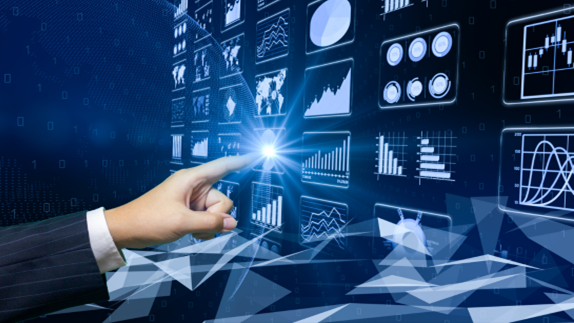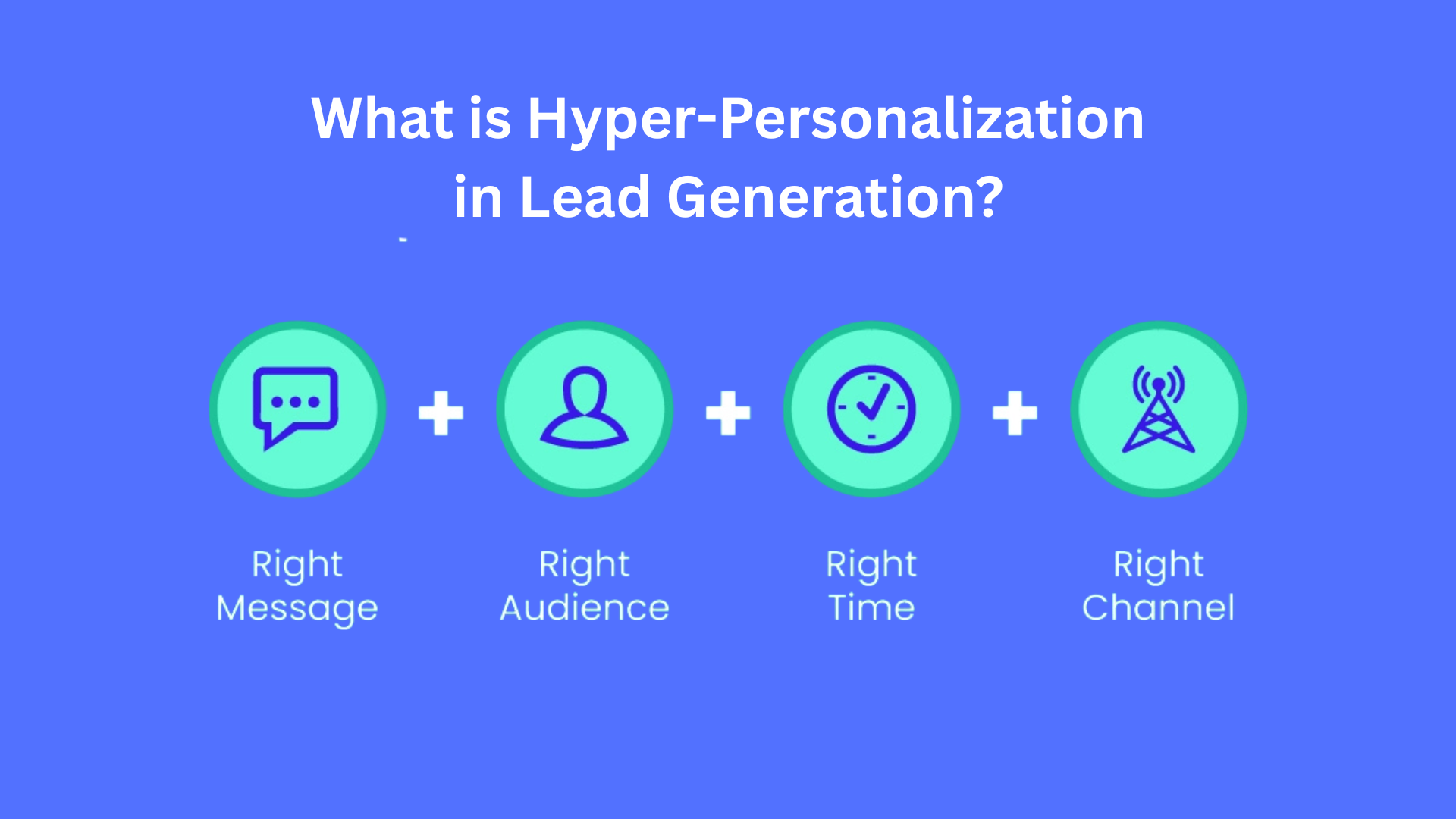Empowering Business Data Strategies with Edge AI

Traditional cloud computing forces organizations to send their data thousands of miles away for processing. Research indicates that AI workloads in centralized data centers contribute to 4% of global greenhouse gas emissions by 2024. Companies face mounting pressure to reduce latency, protect sensitive information, and minimize operational costs while maintaining competitive advantages.
Edge AI transforms this paradigm by bringing artificial intelligence directly to the source of data generation. This revolutionary approach promises to reshape how organizations handle real-time decision-making, reduce environmental impact, and maintain data sovereignty in an increasingly connected world.
What Is Edge AI Computing?
Edge AI refers to running artificial intelligence algorithms directly on edge devices, close to where data is generated. Instead of relying on centralized data centers or cloud platforms, processing happens locally on hardware such as routers, gateways, industrial machines, or mobile sensors. These devices operate independently of consistent internet connectivity and deliver real-time results with minimal latency.
Unlike traditional cloud AI systems, edge-based models do not constantly send data to remote VPS servers and dedicated servers. They analyze inputs directly and take decisions instantly. This shift benefits industries that operate in bandwidth-constrained environments or require strict control over data privacy.
Edge AI combines compact models with efficient processing units to execute classification, detection, and decision-making tasks in real time. The closer the compute sits to the source, the faster the insights become available.
How To Optimize AI Models for Edge Devices?
Optimizing AI models for edge deployment requires balancing accuracy with real-time performance under tight hardware constraints. Developers must reduce model size, adapt to device capabilities, and use tools built for edge environments.
- Apply model compression: Reduce the size and complexity of neural networks. This speeds up execution without hurting prediction quality.
- Use quantization techniques: Convert floating-point weights to lower-bit formats. This reduces memory use and boosts inference speed.
- Perform pruning operations: Remove unnecessary neurons and connections from trained models. Pruned networks run faster and consume less power.
- Distill large models into small: Train compact models using the knowledge of larger ones. This preserves essential accuracy in smaller architectures.
- Optimize for specific hardware: Match models to the memory, compute, and cache limits of edge chips. This avoids performance bottlenecks on-device.
- Use edge deployment frameworks: Tools like TensorFlow Lite, ONNX Runtime, and OpenVINO help compress, accelerate, and deploy models efficiently on edge hardware.
The Power of AI at the Edge
Edge AI is not just a shift in deployment. It brings tangible advantages that reshape performance, security, and efficiency across multiple industries.
1. Tackling Complexity by Making Trade-Offs
Edge AI simplifies system design by localizing intelligence. Designers can reduce dependencies on network uptime, cloud APIs, and remote data handling by making calculated trade-offs in model complexity.
2. Reliability and Resilience
Systems that work offline or under limited connectivity become more reliable. Edge devices continue making decisions even if cloud access fails, which is critical in defense, manufacturing, or transportation systems.
3. Enhanced Privacy and Security
By keeping data on-device, Edge AI reduces the risk of interception or misuse during transmission. Sensitive information never leaves the source, maintaining compliance with data governance protocols.
4. Bandwidth Efficiency
Sending fewer data packets to central server’s cuts back on bandwidth costs. Only processed results or aggregated summaries are transmitted, not raw feeds or high-volume sensor logs.
5. Reduced Costs
Edge AI reduces cloud processing fees, latency penalties, and costs tied to centralized storage. It also lowers energy consumption by eliminating back-and-forth transmission cycles.
Real-World Applications of Edge AI
Many companies have already scaled Edge AI across industries that demand real-time insights without relying on distant servers.
1. Tesla
Modern electric vehicles are prime edge AI systems. Tesla Cars use on-board AI chips to process camera and radar data instantly for autonomous driving. The car’s hardware runs neural networks in real time to detect lanes, cars, and obstacles, making split-second steering decisions without needing to call a data center.
2. Siemens
In industrial automation, Siemens deploys AI on the factory floor. Its Industrial Edge platform runs machine-learning models on local PLCs or gateways to monitor equipment. The AI analyzes sensor data to detect anomalies and predict maintenance needs. For instance, an AI model might spot a slight vibration change in a pump and alert engineers to check it, all done at the edge before a breakdown happens.
3. Amazon Go
The Amazon cashier-free stores rely on a network of ceiling cameras and shelf sensors that keep track of shoppers and products in real-time. Computer-vision models are run on site to recognize items as people take them, associating them to a virtual cart. According to reports Amazon processes this video data locally to reduce latency and then sends only compact summaries to the cloud. When the shopper leaves, the system has already tallied the purchases in real time.
4. Microsoft (Smart City Traffic)
Microsoft offers Azure IoT and Azure Percept devices for smart cities. For example, a city can install edge-capable cameras at intersections. These devices run models locally to count vehicles, detect congestion or even identify accidents. As a Microsoft blog shows, cities are “using edge AI and video as a sensor” to generate traffic insights on-site. By analyzing images at the edge, they get instant data for traffic lights and alerts without overloading the network.
These examples prove that Edge AI is not experimental. It is already critical to the performance of machines that must think and act without delay.
Taking the Limits of Edge AI from Earth to Mars
Edge AI is also used in extreme situations like space exploration, where real-time decisions have to be made autonomously. Leakage is another low-level quality that occurs when the noise and some geometric edges become indistinguishable, where edge-based vision algorithms are used to identify rock samples, avoid obstacles, and drive on the Martian surface by the Rover Perseverance, developed by NASA.
The rover cannot rely on Earth-based computing because of multiple minute-long communication delays. Edge AI systems onboard analyze sensor data instantly and make navigation decisions autonomously. These edge models have been trained to survive power limits, radiation, and memory constraints, all while executing precision tasks.
Such use cases push the boundaries of Edge AI and demonstrate how decentralized intelligence enables mission-critical performance even on other planets.
Conclusion
Edge AI revolutionizes how systems handle and make decisions based on data by bringing intelligence closer to the data source. It eliminates the reliance on cloud or centralized compute with low-latency, high-speed decision making at the edge. This is happening in autonomous cars, and the effects are clear and growing.
As models get lighter and chipsets smarter, Edge AI will serve as the foundation of responsive, secure, and cost-efficient digital infrastructure. Businesses aiming to reduce latency, improve uptime, and protect sensitive data cannot afford to ignore the edge. The key lies in balancing model performance with hardware constraints and deploying were real-time matters most.






